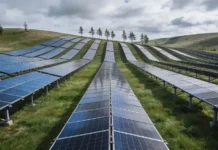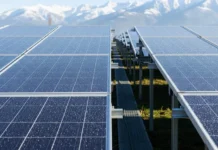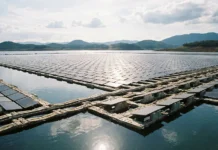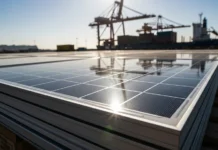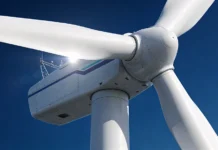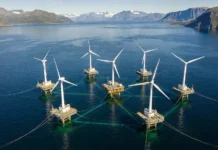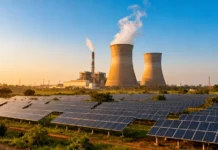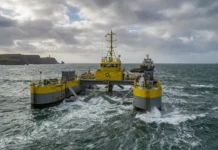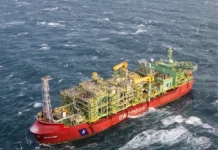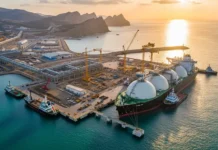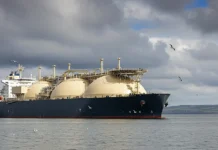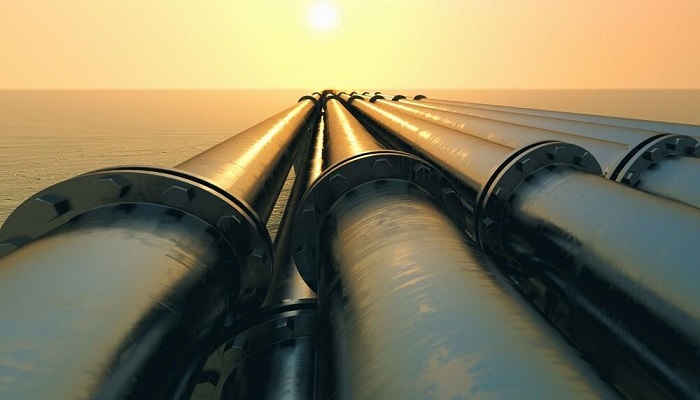It has come to light that investments between 15 and 22 billion euros could buy a 4200-kilometer new hydrogen pipeline network that will link Germany, Britain, Denmark, Belgium, the Netherlands, and Norway.
One of the German gas pipeline operators says in a study that almost 300 terawatt hours (TWh) of clean hydrogen made from North Sea offshore wind power can be transported by the grid in a year. This would end up meeting 15% of the overall demand for synthetic fuel, which the European Union has forecasted for 2050.
It is well to be noted that Germany as well as the European Union are looking to shift the future energy production towards renewables so as to develop, import, and market hydrogen from wind as well sunshine to thwart climate-warming gases. Apparently, Germany, Belgium, Denmark, as well as the Netherlands, last year committed to build a minimum of 150 gigawatts of offshore wind in the North Sea by 2050. Significantly, the EU had a total of 15 gigawatts of offshore wind capacity in 2021.
The four signatories of the so-called Esbjerg declaration shall meet up in Belgium next month. Analysts from the DNV consultancy had asked whether the offshore wind power has to be converted on-site into hydrogen through electrolysis plants or whether the power has to be brought directly from the coastal electrolysis facilities. The fact is that the coastal options remain the most cost-efficient when it comes to wind power that is produced less than 100 kilometres from the land.
On-site hydrogen production at sea will go on to save on costly new electrical cables that have a far lower energy capacity as compared to pipelines and will thereby beat the seaborne hydrogen import costs from overseas.
The cost of North Sea hydrogen could hit 4.59 euros a kg by the end of this decade, falling from 3.24 euros per kg in 2050.


